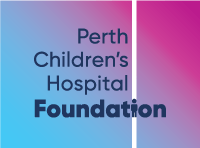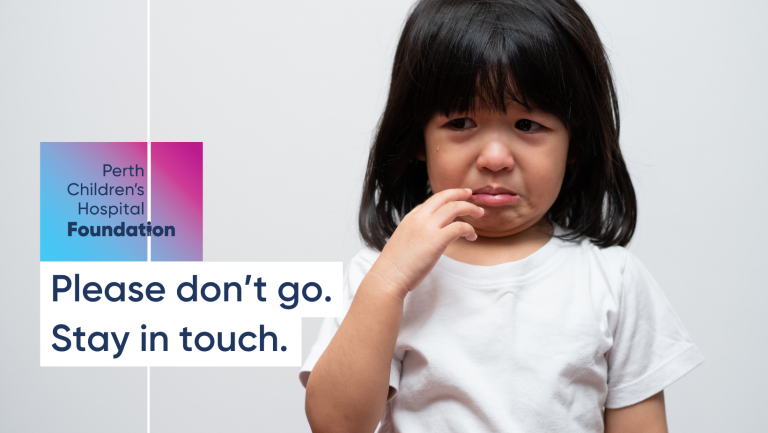We stand shoulder to shoulder with patients, families, researchers, nurses and clinicians.
The Perth Children’s Hospital Foundation Ambassador Program exists to share the inspiring stories of the patients and families of Perth Children’s Hospital. These stories recognise the bravery and resilience of our families, inform Foundation supporters of the world-class research, equipment, expertise and training and positive patient experiences we fund and promote the ongoing efforts of the hospital to care for the sick kids of WA.
Learn more about our Ambassador Program.
We recognise that every family’s story is unique. When asking our donors for funds for complex medical equipment, ground-breaking research, world class expertise and training and positive patient experiences, hearing the stories of families who are benefitting is a very powerful tool. By sharing your story you can help us to:
- Provide real examples of how the money we raise is put to use to encourage further corporate and community support for WA’s world class paediatric hospital.
- Help other families who are undergoing medical issues who may feel alone and afraid of what the future may hold.
What does being an Ambassador involve?
We are mindful of the time pressures for families – especially those facing medical challenges with their children. You can be involved in as much or as little as you like!
We would love to have a chat about your family’s journey so we can tell your story. Personal photos of your child’s journey to accompany your story are very powerful, so we may ask you for some.
We may also organise a professional photographer and/or videographer to take some beautiful pictures or video of your child and family to use with the story. During this photo/video shoot, we may ask you to interact with your clinicians or record your child undergoing treatment here in the hospital.
See examples below of the type of images and stories that we use.
There are a range of platforms that stories can be used for, including fundraising campaigns and proposals, media, the Foundation website, Annual Report, social media, marketing collateral (such as posters), and profiles for specific pieces of equipment.
You may be asked to speak at events, be an Ambassador spokesperson for an event or appeal or appear on marketing collateral as the face/story of a Foundation campaign.
Our Stories.
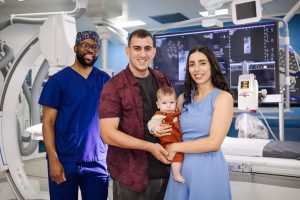
From NICU to Disneyland.
When baby Mason was born, his mum, Shenae never imagined his first few months would be spent fighting just to feed and grow.

Meet the experts.
Introducing PCHF’s New Scientific Advisory Committee – guiding the future of kids’ health research.

Commission For a Cause raises over $100k for Sandcastles children’s hospice.
Euroz Hartleys’ seventh annual Commission for a Cause fundraising day has once again made a meaningful impact, raising an impressive $309,000 for three WA charities.
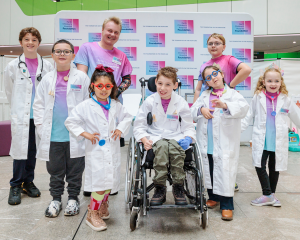
Little doctors take over PCH new Kids’ Clinic.
Seven remarkable West Australian kids swapped patient gowns for doctor coats today, taking over Perth Children’s Hospital (PCH) as part of Perth Children’s Hospital Foundation’s (PCHF) new Kids’ Clinic.
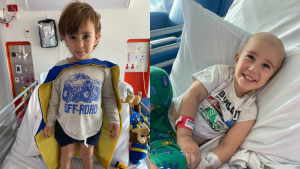
Sonny the superstar.
2-Year-Old with stage 4 cancer inspires family to give back to
Perth Children’s Hospital Foundation.

From hospital bed to marionette master.
Landen found joy in marionette puppetry while recovering in hospital, following a traumatic dishwasher accident.
